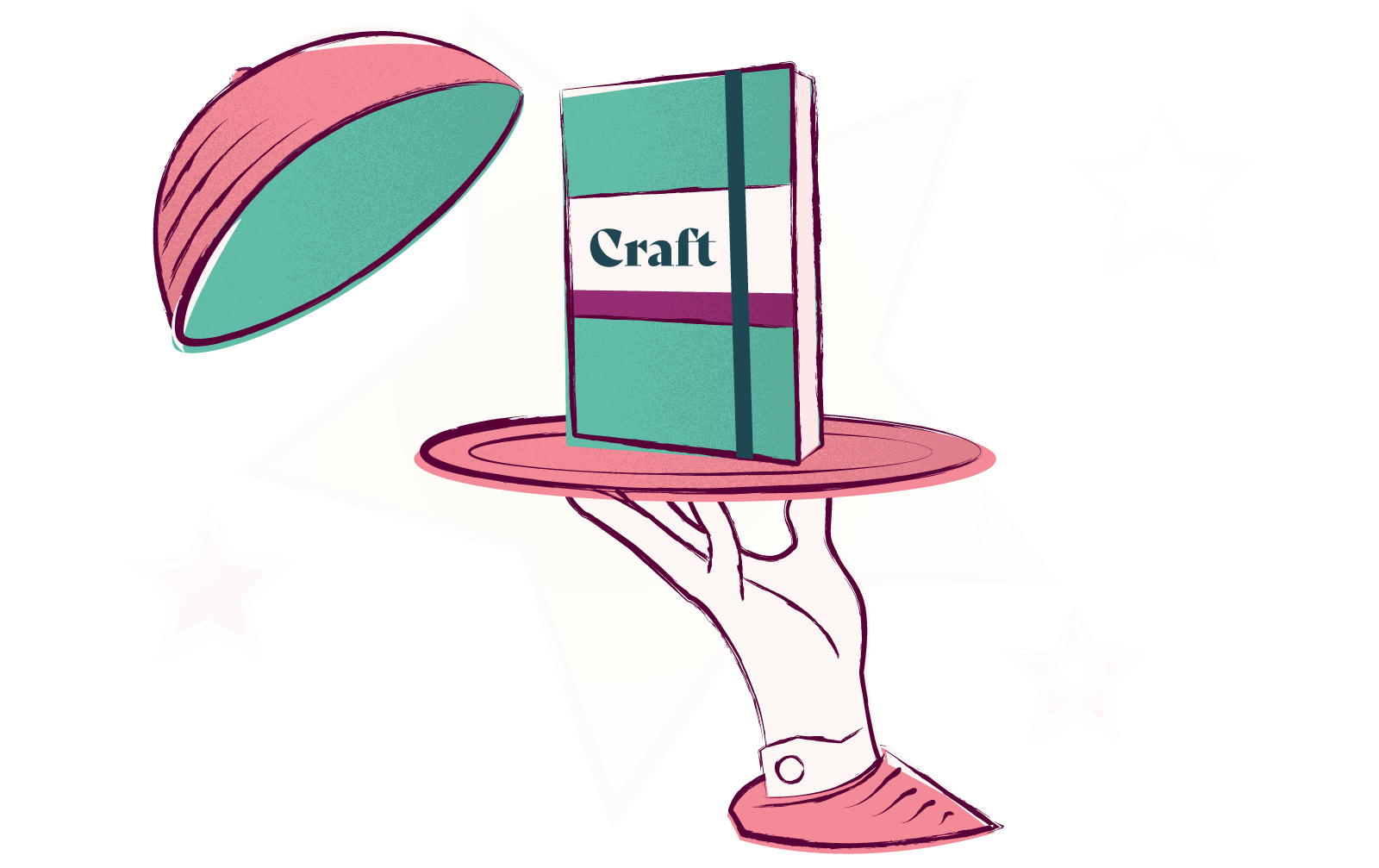Not just any notebook
Why Moleskine thrives against all odds

Conventional business wisdom tells us that commoditization is something every business owner ought to fear and resist. If your product or service becomes commoditized, most experts would tell you to expect an inevitable decline in profit margins, increased competition, and lower prestige.
How, then, to explain the longevity, year-over-year growth, and seemingly evergreen appeal of the Moleskine notebook?
On its surface, a notebook is a notebook is a notebook: any scratchpad might do, really, if you need to jot something down, or sketch out an idea. But no other notebook brand comes even close to the mind- and market share Moleskine commands — especially among a certain subset of the population.
Admittedly, that’s a highly unscientific sample, but there’s something about the way Moleskine has captured the imagination, and the patronage, of people who still write things down on paper despite the ubiquity of digital alternatives.
Moleskine appears not to be concerned in the least about competing with other notebook brands. Instead, they’re focused on the thing their notebooks make possible for the people who use them — and they’ve determined that that thing is something far less tangible than “writing something down.”
If we imagine a Maslow’s hierarchy of notebook needs, the base layer would be something like, “Paper.” The middle layers might contain things like portability, paper quality, and the ability to physically record writing and drawing. But Moleskine’s all about the top of the pyramid, and there are three things that hover up there:
- Space to think - the notebook as thinking tool, container for nascent ideas and practice runs
- Craft - the notebook as physical embodiment of tactile, thoughtfully made, timeless artisanship
- The muses - the notebook as conduit to inspiration, be it in the form of famed Moleskine users of yore, or more ineffable sources of creativity
It’s these three possibilities that Moleskine focuses on in everything they share. They understand that the only way it makes sense to spend twenty dollars on something you could buy for three is if it reminds you, each time you use it, of the things you’re really reaching for.
The company has also invested in a “moleskineart” YouTube channel featuring videos like mini-docs on how their debossing is done, a fascinating watch for anyone with an affinity for obscure skills.
It’s clear that Moleskine understands why their weirdos choose them — why their signature, pocket-sized booklet with a flat elastic signifies so much more than a tool for jotting down ideas. It’s a talisman, a reminder of why creativity and craft matter to those who carry it. Even more than a writer’s favourite pen, a metalsmith’s Dremel, or a photographer’s lens collection, the Moleskine can provide the space and the function, the lineage of tradition and the unwritten future.
Most things get commoditized, eventually. But you can build resiliency into your business by shining a light on what your products and services make possible for your weirdos.
Questions to ask yourself:
- If our work became commoditized, what layers would sit above pure function in our own version of Maslow’s pyramid?
- What do those things tell us about who our weirdos are?
- How could we emphasize those layers in how we engage with our weirdos?
- What collaborations might be possible with other folks who embody those “top of the pyramid” qualities?